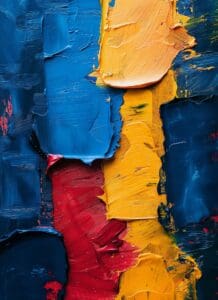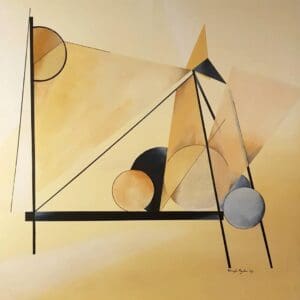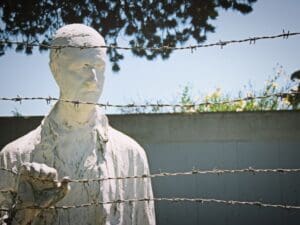The dawn of the 20th century saw an artistic renaissance, both in Ireland and across the globe. This article delves into this creative explosion, shedding light on a remarkable week in June 1900, and the impacts it had on the Irish and global art scenes.
In Ireland, the aesthetic winds of Art Nouveau were weaving their magic. With its curvilinear forms inspired by nature, Art Nouveau offered a beautiful contrast to the stark industrial revolution. Dublin surfaced as a pivotal centre for this trend, with artists like Harry Clarke crafting exceptional works that mirrored this exquisite design movement.
Globally, Impressionism was giving way to Post-Impressionism. Artists like Vincent Van Gogh and Paul Cézanne were revolutionising art, moving beyond light and moment to explore deeper emotions and a new structural purity in art. This shift echoed profoundly within the Irish art community, fuelling an artistic evolution that would define the era.
Simultaneously, Ireland was witnessing the budding of the Celtic Revival movement. Figures such as W.B. Yeats were at the forefront of this movement, seeking to resurrect and celebrate the Celtic identity in literature, visual art, and broader culture. Art from this period was steeped in Irish folklore and mythology, mirroring a deep-rooted longing for cultural distinctiveness.
The Royal Hibernian Academy, a cornerstone of art education in Ireland, played a pivotal role during this transformative period. This week in 1900 would have seen the academy buzzing with activity as eager young artists honed their skills under the tutelage of experienced mentors. The exhibitions of this period reflected the diverse influences shaping the Irish art world, presenting a mesmerising blend of tradition and modernity.
Internationally, this week marked the inaugural year of the Paris Exposition Universelle, a world’s fair that exhibited global advances in art and technology. Many Irish artists, seizing this unique opportunity, showcased their talent on the global stage, marking a significant milestone for the international recognition of Irish art.
The domain of sculpture was no exception to this creative renaissance. John Hughes, a renowned Irish sculptor, was making waves with his distinctive blend of classical and modernist styles. His iconic statue of Queen Victoria, which adorned the front of Leinster House, is a testament to his unique artistic vision.
In retrospect, this week in the art world in 1900 was a period of aesthetic exploration, a fusion of tradition and innovation, and an epoch of national pride and global artistic exchange. The movements, exhibitions, and artists of this era have left an enduring legacy that continues to inspire and inform the contemporary art world.
As Irish Art Mart, we are dedicated to celebrating and nurturing this rich history. By revisiting this crucial week in 1900, we’re reminded of art’s tremendous power – not just as a reflection of its times, but also as a potent catalyst for cultural evolution and societal change.
Mentions: Irish Art, Art Nouveau, Celtic Revival, Royal Hibernian Academy, Post-Impressionism, Paris Exposition Universelle, John Hughes, Impressionism, 1900 art history, Art World 1900.
Disclaimer: The views and opinions expressed in this article do not necessarily reflect the official policy or position of Irish Artmart.





